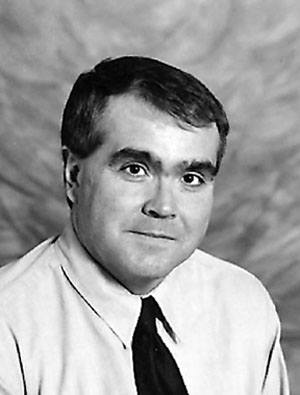One of the most interesting communities in Central Alberta, with a long and rich history, is the rural district of Burnt Lake, located half way between Red Deer and Sylvan Lake.
Burnt Lake was a large, but shallow body of water, much bigger in pre-settlement times than the nearby Sylvan Lake. It also had a number of names: Swan Lake, Cygnet Lake (cygnet being a baby swan) and Burnt Lake.
The name Burnt Lake was derived from the large peat beds along the lake’s shoreline. These peat beds had caught fire at some point in the distant past and smoldered continuously for years.
Settlement in the area commenced in the late-1880s, when a few Icelandic families moved north from the Markerville district to find new land to homestead. However, the main influx of settlers started in 1890-1891 when the Calgary-Edmonton Railway was built.
The Burnt Lake area soon became more readily accessible by trail from the new townsite of Red Deer.
The Burnt Lake district had plentiful water, wonderful pasturage and many trees. This made it attractive to Scandinavians, who were familiar with this kind of countryside. With the large number of Swedish immigrants in the area, the Federal Government began to refer to the district as Swea Colony.
Because the land was low and wet, it was difficult to grow much grain. Hence, many of the early settlers cut hay and raised livestock, particularly sheep and dairy cattle.
In 1894, there were enough families in the area to establish a school. It was officially called Swan Lake, using one of the names for the nearby lake. Initially, an abandoned log shack was used as a schoolhouse. However, in 1899, Henry Reinholt constructed a proper lumber building.
At the turn of the last century, the government established a cream skimming station for the local dairy farmers. In 1901, the first post office and store was established in the area and given the name Burnt Lake.
In 1903, the Red Deer Land Company established the townsite of Stockholm, on the Burnt Lake Trail. Since the school had been located on a low wet site, it was moved to the new townsite. The post office and store, still with the name Burnt Lake, was also relocated to Stockholm.
Over the next few years, three churches, a stopping house, cheese factory, blacksmith shop and a few houses were built in Stockholm. A new combination store, post office and telephone exchange office were also built.
Stockholm suffered a severe setback when the Alberta Central Railway was constructed to the north, bypassing the fledgling hamlet. In order to cut construction costs, the A.C.R. also drained much of Burnt Lake and built across the old lakebed.
The schoolhouse, however, continued to be an important community centre. In 1934, a new school was built and the name of the school district was officially changed to Burnt Lake.
For many years, the annual Burnt Lake Fairs were held in Stockholm. The district also had an active United Farmers of Alberta/Farm Women’s Union of Alberta locals as well as a very active Women’s Institute. In 1942, the Burnt Lake Savings and Credit Union was established and operated for several years before it was amalgamated with the Sylvan Lake Credit Union.
A community activity in which Burnt Lake excelled was sports. In particular, it had outstanding hockey teams who won a number of championships in the Red Deer Rural, Big Six Rural-City and Highway 2-11 Hockey Leagues.
Burnt Lake remains a beautiful rural district with a strong sense of community. The old schoolhouse continues to be actively used as a community hall.
The Red Deer Museum and Art Gallery, working in cooperation with the Red Deer Archives and the Fors/Bergstrom family, has assembled an excellent exhibition of the pioneer photographs by Bert Fors of the Burnt Lake and surrounding rural districts. On Sunday, Nov. 28 at 2 p.m. at the Museum, there will be a talk and power point presentation on this unique exhibition of early photos from the turn of the last century.



